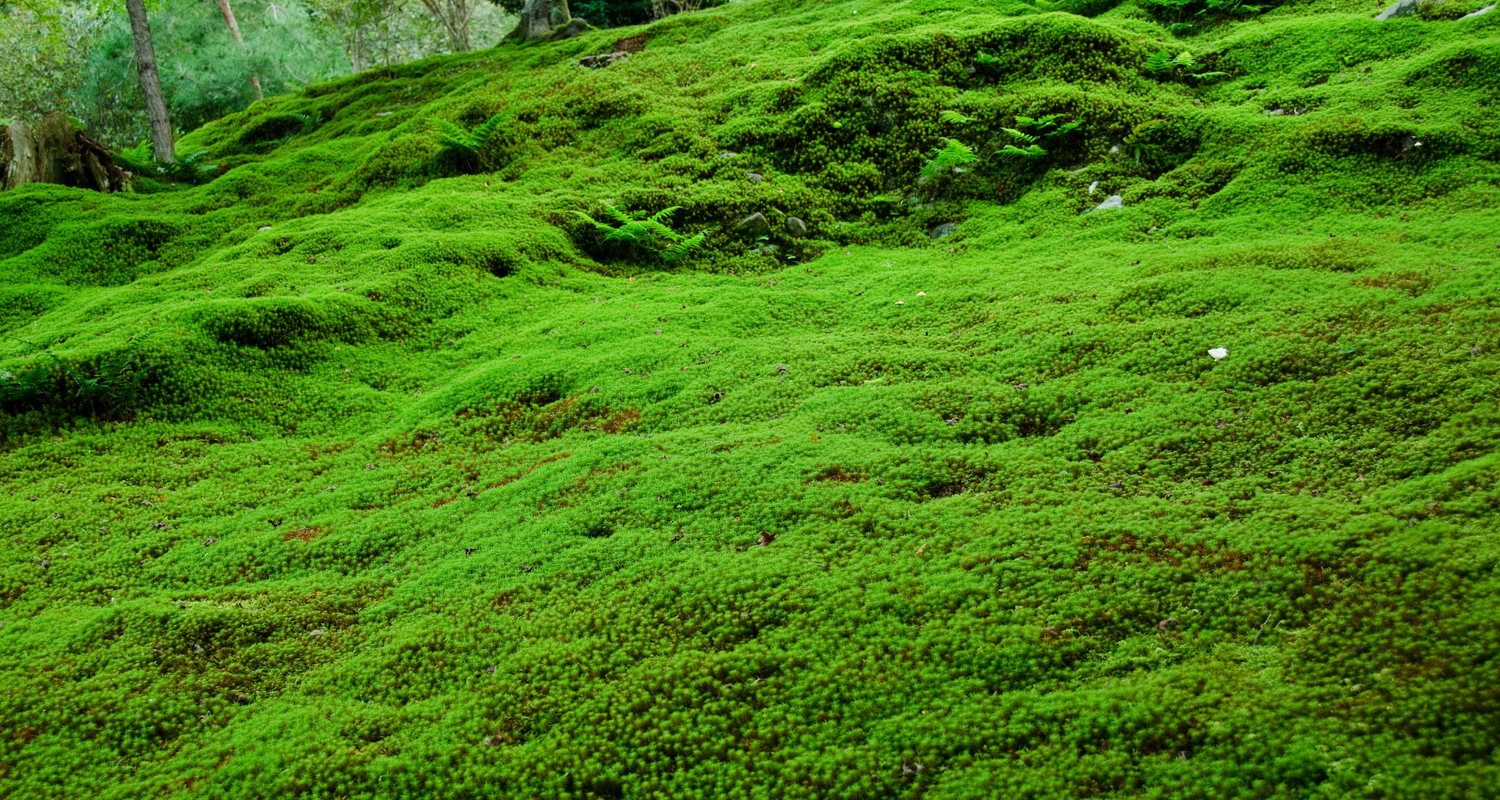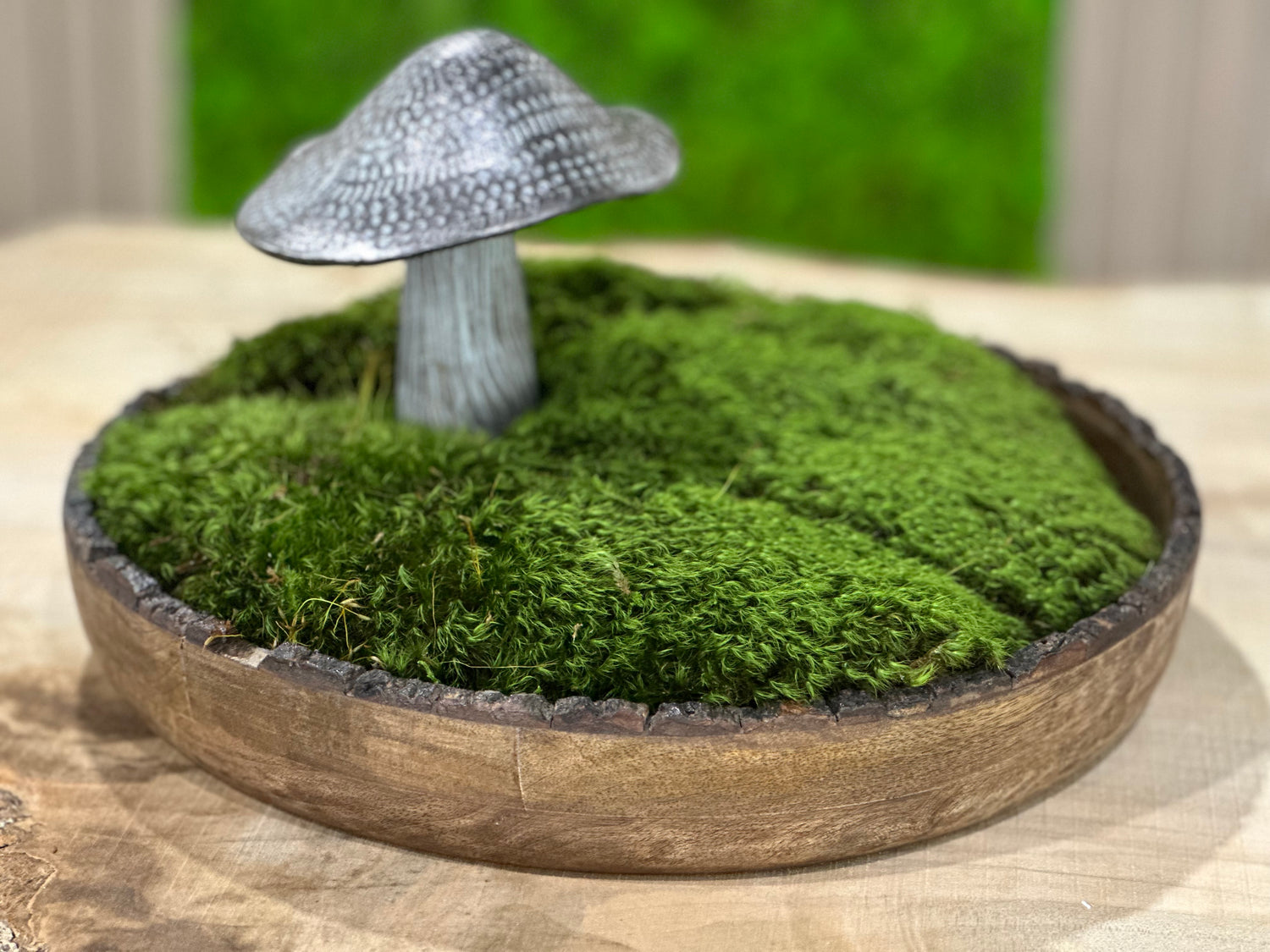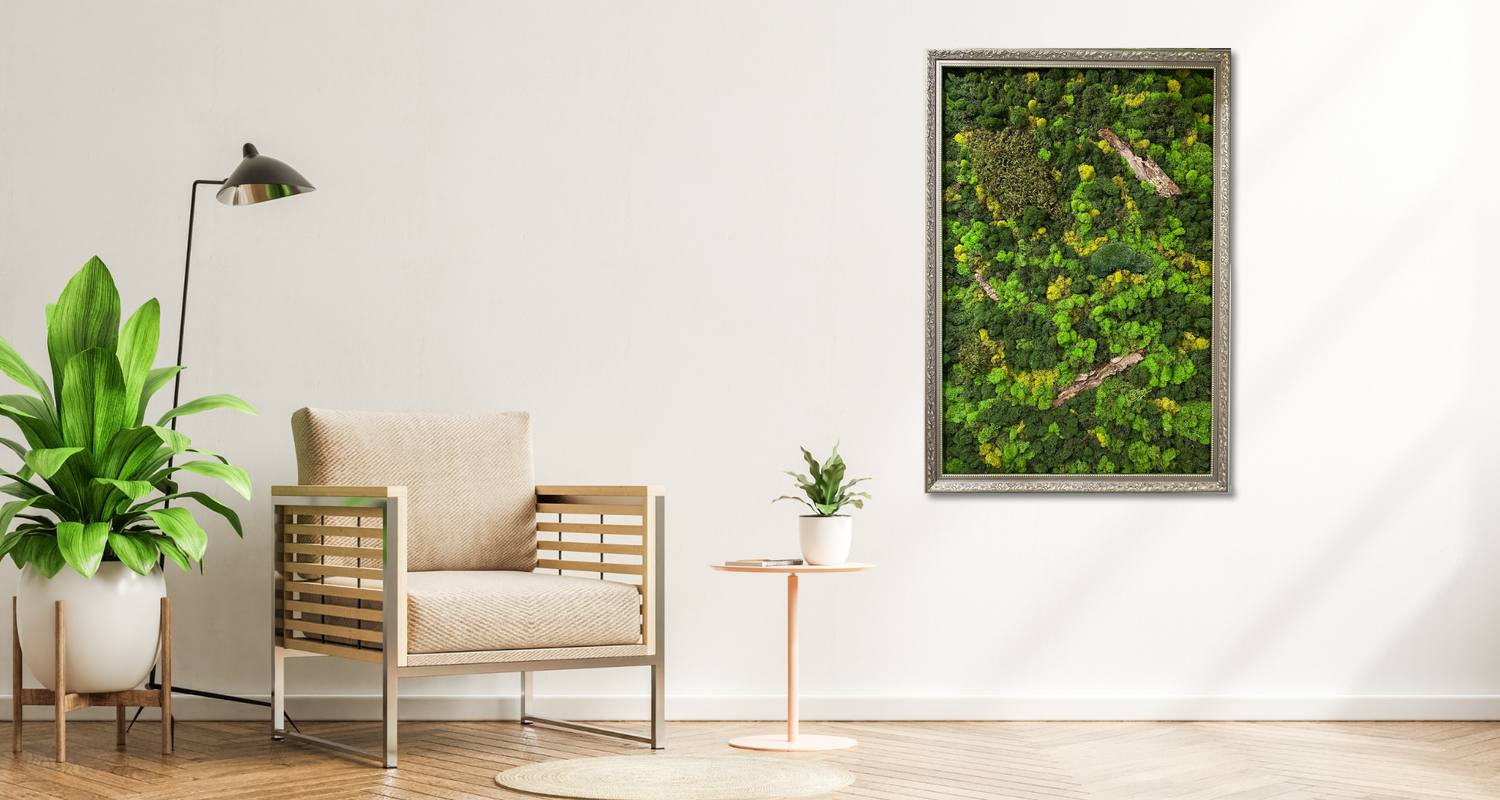Exploring Moss: Ecological Marvels and Interior Magic
Moss, nature's soft green blanket, has been a fundamental part of Earth's ecosystems for millennia. Beyond its quiet beauty, moss plays a critical role in nature and holds immense potential for our indoor spaces. Let's delve into the wonders of moss to better appreciate its multifaceted significance.

Moss, often overlooked as just a soft carpet on the forest floor or a green garnish on a tree trunk, is actually a quiet superstar in the ecological community. One of its remarkable properties is poikilohydry, the ability to survive extreme dehydration and then rapidly rehydrate when water becomes available. This makes moss an essential player in water conservation and soil stabilization. In addition to preserving moisture in their environments, mosses also play a role in air purification and act as microhabitats for a range of small organisms, contributing to greater biodiversity.

For those less familiar with the marvels of moss, its benefits are not limited to natural settings. Moss has a unique aesthetic allure with its varied shades of green and intricate textures, making it a popular choice in biophilic design— a design philosophy focused on integrating natural elements into modern living spaces. When brought indoors, moss continues to serve as a natural air purifier, but it also adds tranquility and a tactile connection to nature that most indoor plants cannot offer.

What makes moss particularly appealing for interior applications is its adaptability and low maintenance. Its poikilohydry allows it to thrive in a variety of indoor conditions, making it easier to care for than many other types of greenery. Beyond aesthetics, the incorporation of moss in indoor spaces offers a holistic approach to design that supports human well-being and creates a subtle yet powerful connection to the natural world.
